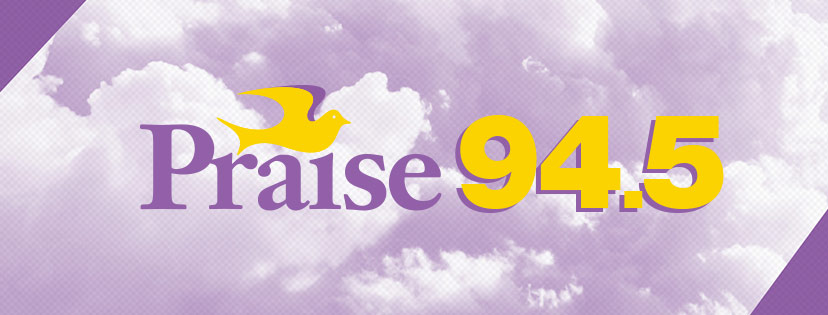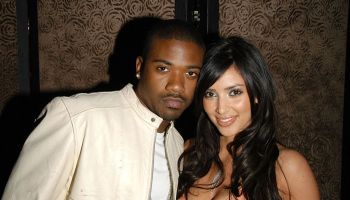There is no denying the vitality and importance of Christian hip-hop. It’s what listeners want to hear and what consumers want to buy. It’s not the elephant in the room – it’s the host of the party.
It’s in both the streets and the suburbs, bumped by a cross-section of racial and ethnic groups, smashing socio-economic and cultural barriers. But despite its vast reach and strength, it’s one of the most commonly misunderstood styles of music in the industry. And because of those misconceptions, its content, approach and delivery is among the most controversial and debated genres.
What’s the Big Deal?
Let’s set aside the chart-topping and staggering sales numbers, packed-out arenas, and deeply engaged fans for a moment. What is it about Christian hip-hop that’s catapulted it forward in an otherwise stunted industry?
In reality, this genre’s storm has been brewing for over two decades. In the late ’80s, artists like T-Bone and dcTalk helped to lay the foundation, the latter being widely credited with making the genre accessible to suburban America. By the late ’90s, groups like Cross Movement and Gospel Gangstaz contributed to the proliferation of the genre across the nation. Its sound is as varied as the hometowns of its many makers – East Coast, Dirty South, West Coast and beyond.
Christian hip-hop is recognized by the Dove Awards, the Stellar Awards and the GRAMMYs. New releases from artists in the genre consistently debut in the Top 3 positions of Billboard’s Gospel Albums and/or Christian Albums charts. High-traffic websites such as Rapzilla.com and DaSouth.com are devoted to informing the genre’s massive number of followers.
Even more, it’s got our ears. Or our kids’ ears. Or both. It’s a big deal.
article courtesy of GospelMusicChannel.com














